Struggling to fall asleep at night can feel frustrating, but sound can make a big difference. Sleep sounds use steady, calming audio like white noise, rain, or ocean waves to block distractions and create a soothing environment. Sleep sounds help you drift off faster, stay asleep longer, and wake up feeling more rested.
You can choose from a wide range of options, from natural soundscapes like rainfall and ocean waves to steady tones such as white, pink, or brown noise. Many people also enjoy mixing different sounds, such as combining fan noise with gentle rain, to create a personalized background that feels most relaxing.
Using sleep sounds doesn’t require much effort. You can play them through apps, smart speakers, or even dedicated sound machines, and let them run through the night. With the right sound, falling asleep can become easier and more consistent.

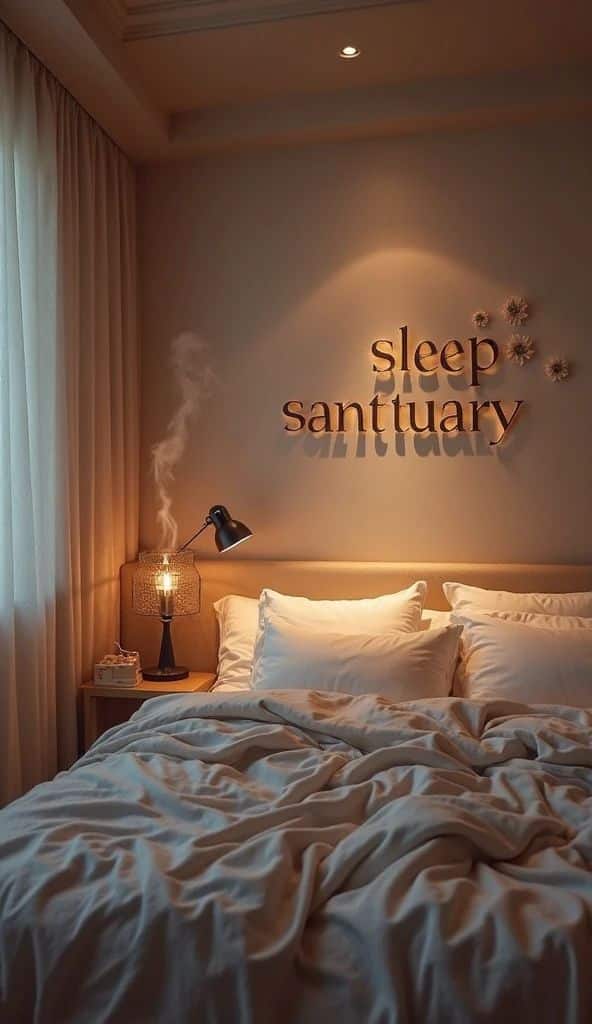

Key Takeaways
- Sleep sounds provide calming audio that supports better rest
- Different types of sounds can be used to suit personal preferences
- Simple tools make it easy to use sleep sounds effectively
What Are Sleep Sounds?
Sleep sounds are audio recordings designed to make your environment calmer and more consistent, which can help you fall asleep and stay asleep. They range from steady noises like white noise to soothing sounds from nature, and each type works differently depending on your preferences and needs.
Definition and Purpose
Sleep sounds are audio tracks or ambient noises that you play while resting. Their main goal is to mask disruptive sounds, such as traffic or voices, so your brain can focus on a steady background instead of sudden changes.
You might use them to create a predictable sound environment. This consistency can reduce nighttime awakenings caused by environmental noise.
Beyond noise masking, sleep sounds often promote relaxation. Gentle rain, ocean waves, or soft wind can encourage your body to settle into a calmer state. Many people also find them useful for meditation or stress relief before bed.
In short, sleep sounds provide a balance of comfort and consistency. They help you build an environment where sleep feels easier and less interrupted.
History and Evolution
The use of sound for sleep is not new. People have long relied on natural rhythms like flowing water or rustling leaves to relax. These organic sounds were the earliest form of what we now call sleep sounds.
In the mid-20th century, researchers began studying “white noise” as a tool for masking disruptive sounds. This led to the first mechanical noise machines, which produced a steady hum to help people sleep in noisy environments.
With digital technology, sleep sounds expanded beyond simple noise. Apps now offer libraries of rainstorms, ocean waves, or even customizable mixes. Devices like smart speakers and sleep-focused apps have made them widely accessible.
Today, you can choose from free online platforms, mobile apps, or dedicated machines. What started as natural background sound has evolved into a diverse set of tools for better rest.
Types of Sleep Sounds
Sleep sounds come in several categories, each serving a slightly different purpose. Common options include:
- White noise: A steady sound covering all frequencies equally.
- Pink noise: Softer, with more emphasis on lower frequencies.
- Brown noise: Deeper, with strong low-frequency tones.
- Nature sounds: Rain, ocean waves, wind, or forest ambiance.
- Ambient mixes: Blends of tones and soothing sounds for relaxation.
Different people respond to different types. You may find that white noise masks city traffic best, while ocean waves feel more calming.
Some apps allow you to mix sounds together. For example, you can combine rainfall with distant thunder for a personalized soundscape. This flexibility makes it easier to find the right match for your sleep environment.

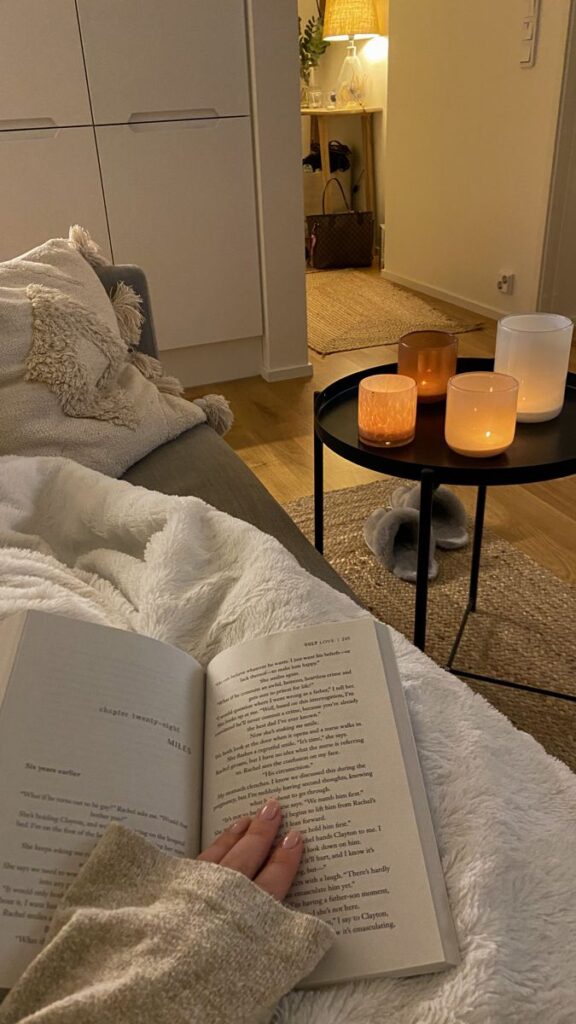
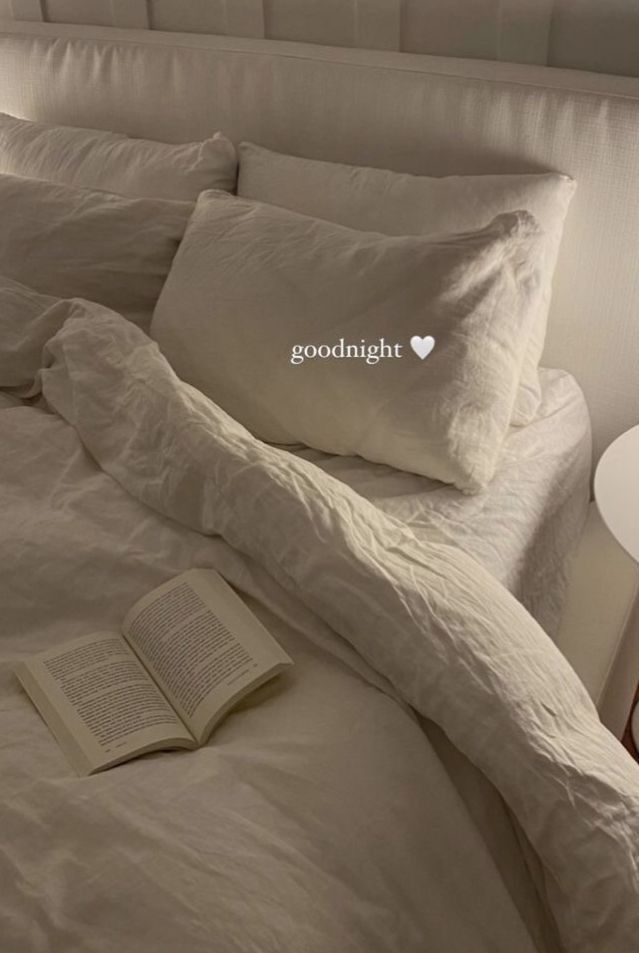
Popular Types of Sleep Sounds
Different sounds can create a calming environment that makes it easier for you to fall asleep and stay asleep. Some work by blocking outside noise, while others mimic natural rhythms that your brain finds soothing.
Nature Sounds
Nature sounds often include birdsong, flowing rivers, rustling leaves, or gentle forest ambiances. These recordings can help you feel more connected to the outdoors, which many people find grounding after a busy day.
You may notice that nature sounds reduce stress because they mask sudden noises like traffic or voices. Unlike mechanical sounds, these are softer and more varied, which can prevent the monotony that sometimes makes white noise tiring.
A simple playlist might include:
- Forest ambiance with birds and wind
- Stream or river flow for steady background sound
- Wind through trees for a light, airy effect
Nature sounds work best if you prefer gentle variation rather than a constant tone.
Rain Sounds
Rain sounds are a favorite because they create a steady rhythm that masks background noise without being distracting. The sound of rain is predictable, which helps you relax and focus less on sudden disturbances.
You can choose between light drizzle, steady rainfall, or heavier storms. Each has a different feel, but all share the same repetitive quality that helps your brain settle.
Some people use rain sounds because they resemble pink noise, where lower frequencies are slightly stronger, making the sound softer than white noise. This makes it easier on sensitive ears.
If you live in a noisy area, rain sounds can help cover up traffic, barking dogs, or neighbors without feeling harsh.
White Noise
White noise is a constant sound that contains all frequencies at equal intensity. Think of it like the static from a radio or fan. It works by covering up sudden changes in sound that might wake you up.
You might find white noise useful if you live in a city or share a home with others. The uniform sound creates a consistent background, making it harder for your brain to notice small noises.
Pros:
- Blocks disruptive sounds effectively
- Easy to find on machines, apps, or fans
Cons:
- Can feel harsh or mechanical to some people
- Lacks variation, which may become tiring over time
If you want strong noise masking, white noise is often the most reliable choice.
Ocean Waves
Ocean waves combine predictability with gentle variation. The rise and fall of waves create a natural rhythm that many people associate with relaxation and vacations.
Unlike white noise, ocean sounds have a pattern. The swell, crash, and retreat of water provide a soothing cycle that can help slow your breathing.
You can choose between recordings of calm shorelines or stronger surf. Softer wave sounds are ideal for light sleepers, while louder surf can mask more disruptive noises.
Listening to ocean waves often works well if you want something natural but more dynamic than rain or steady tones. This makes it a versatile sleep sound for many preferences.
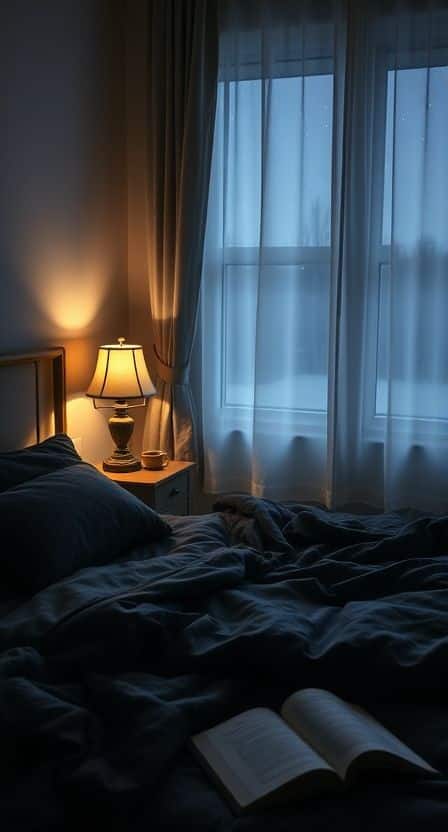
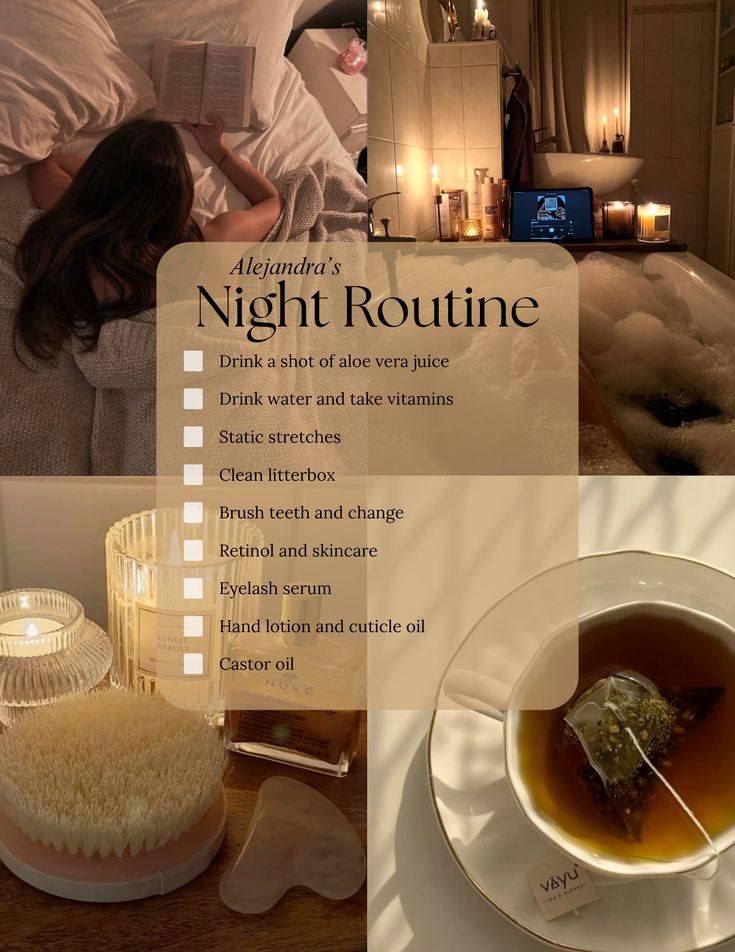

Benefits of Using Sleep Sounds
Using sleep sounds can help you fall asleep faster, stay asleep longer, and feel more rested in the morning. They also reduce stress, quiet racing thoughts, and block out disruptive noises that often interfere with your sleep cycle.
Improving Sleep Quality
You may find that soothing sounds create a steady background that helps your brain shift into a calmer state. This consistent audio environment signals your body that it’s time to rest, making it easier to drift off.
Sleep sounds such as white noise, gentle rain, or soft ocean waves encourage deeper, more restorative sleep stages. These stages are essential for memory consolidation, muscle recovery, and waking up refreshed.
A simple routine of turning on sleep sounds each night can help regulate your sleep-wake cycle. Over time, your body may begin to associate these sounds with bedtime, making it easier to fall asleep naturally without relying on medications.
Reducing Insomnia and Stress
If you struggle with insomnia, you know how frustrating it feels to lie awake with racing thoughts. Sleep sounds can reduce this mental restlessness by giving your mind something steady and predictable to focus on.
Sounds like nature recordings or soft instrumental music lower stress levels by promoting relaxation responses in your nervous system. This can help reduce nighttime anxiety, which is a common factor behind difficulty falling asleep.
You may also notice that using soothing sounds before bed creates a calming pre-sleep ritual. This consistent habit can train your body to wind down more effectively, making it easier to manage both stress and sleepless nights.
Masking Environmental Noise
External disturbances—traffic, neighbors, or even a partner’s snoring—can easily interrupt your rest. Sleep sounds provide a sound blanket that masks these sudden noises, keeping your sleep more stable.
White noise is especially effective because it covers a wide range of frequencies, blending unwanted sounds into the background. This prevents your brain from reacting to every small disturbance during the night.
If you live in a noisy environment, using sleep sounds can create a more controlled and predictable soundscape. This helps you stay asleep longer without being jarred awake by unexpected interruptions.
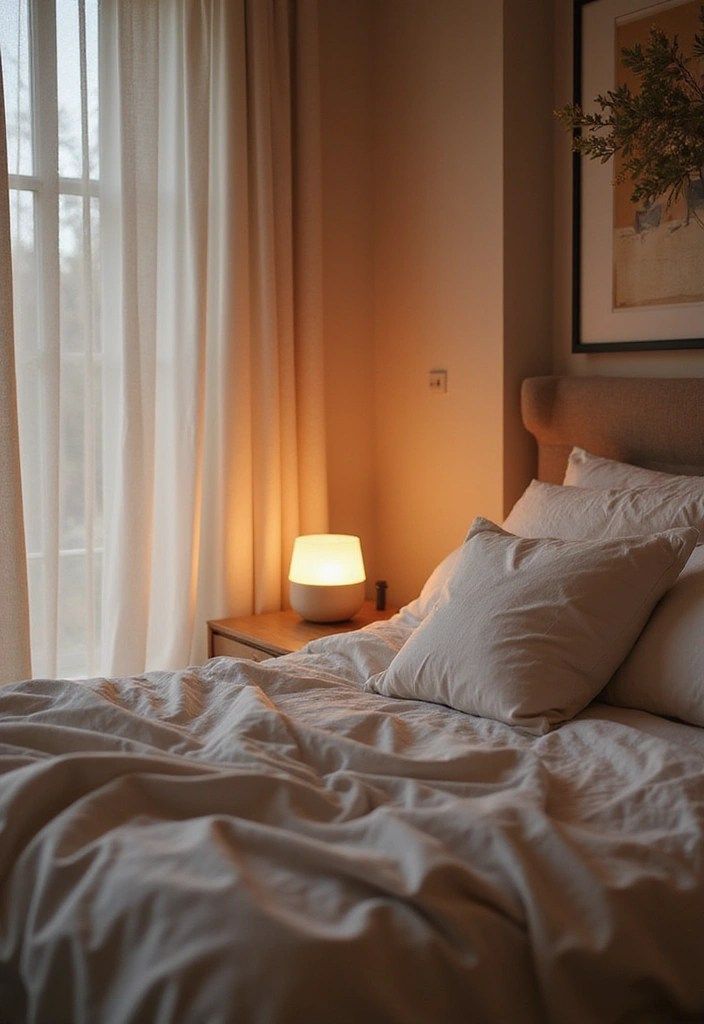
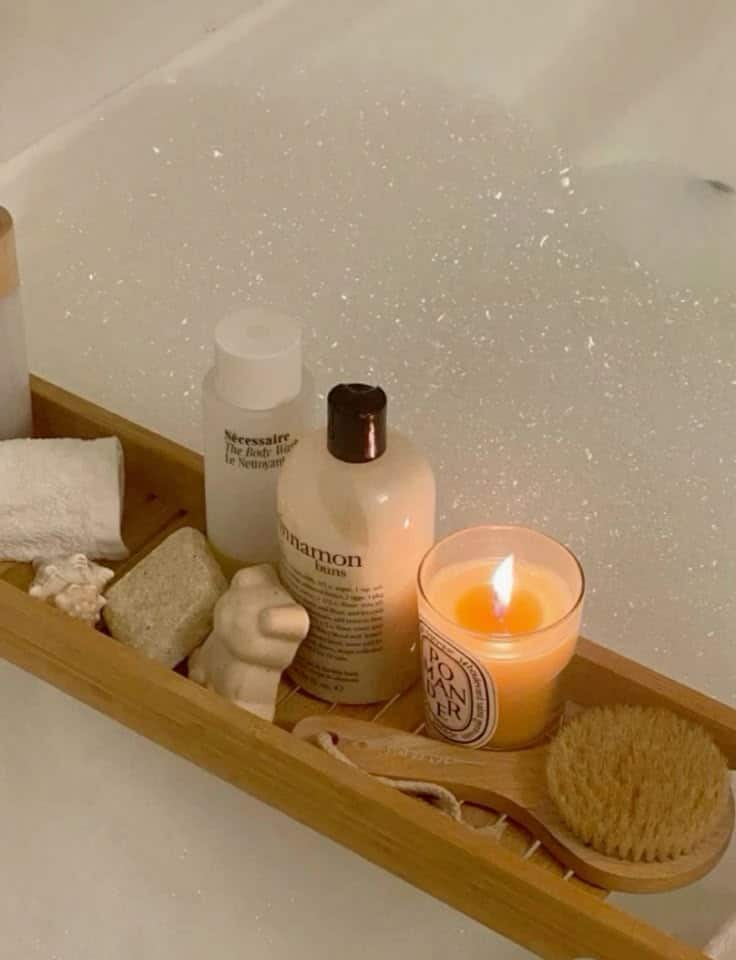

How to Use Sleep Sounds Effectively
You can improve your rest by selecting sounds that suit your needs, setting up your space to reduce distractions, and using consistent habits. Paying attention to volume, timing, and the type of sound helps you get the most benefit from soothing sounds and relaxing music.
Choosing the Right Sleep Sound
Different sounds work in different ways, so it helps to experiment. White noise can mask background sounds like traffic, while pink noise has a softer quality that some find more calming. Brown noise is deeper and steady, which may help if you prefer low tones.
Nature sounds such as rainfall, ocean waves, or forest ambiance create a familiar and gentle environment. These can be especially helpful if you find silence uncomfortable. If you enjoy a more structured approach, relaxing music with slow tempos and minimal lyrics can guide your mind into a calmer state.
Make a short list of sounds that feel comfortable to you. Spend a few nights testing each option, and notice how quickly you fall asleep and how rested you feel in the morning. The “best” sound is the one that consistently supports your own sleep cycle.
Setting Up Your Sleep Environment
The way you set up your sleep space influences how well sleep sounds work. Place your sound source—whether a speaker, phone, or sound machine—at a distance that allows you to hear it clearly without being too close.
Keep the volume low. The goal is to mask disruptive noises, not to overwhelm your ears. A good rule is to keep it just above the volume of faint background sounds in your room.
You can also use a timer to fade the sound after you’re asleep, or let it play all night if you live in a noisy area. Pairing soothing sounds with a dark, cool, and clutter-free bedroom makes the effect stronger.
Tips for Maximizing Results
Consistency matters. Use the same sound each night to create a cue that signals your body it’s time to rest. Over time, your brain will associate that sound with sleep, making it easier to relax.
If you share a room, consider using headphones or pillow speakers so the sound doesn’t disturb anyone else. Portable sound machines are useful if you travel often and want to maintain your routine.
Keep in mind that not every sound works for everyone. Track your sleep quality with a journal or app to see patterns. Adjust the type of sound, volume, or duration until you find the setup that feels most effective.
Integrating Relaxing Music
Relaxing music can be a helpful alternative to steady noise. Choose tracks with slow rhythms, minimal percussion, and no sudden changes in volume. Instrumental pieces such as soft piano, acoustic guitar, or ambient electronic music work well.
Avoid songs with lyrics if you tend to focus on words, as this can keep your brain active. Instead, look for playlists designed specifically for sleep or meditation.
You can combine music with other soothing sounds, such as layering soft rain with gentle ambient tones. Experiment with different blends until you find one that feels natural. Over time, this combination can become part of a calming bedtime ritual that supports deeper rest.






